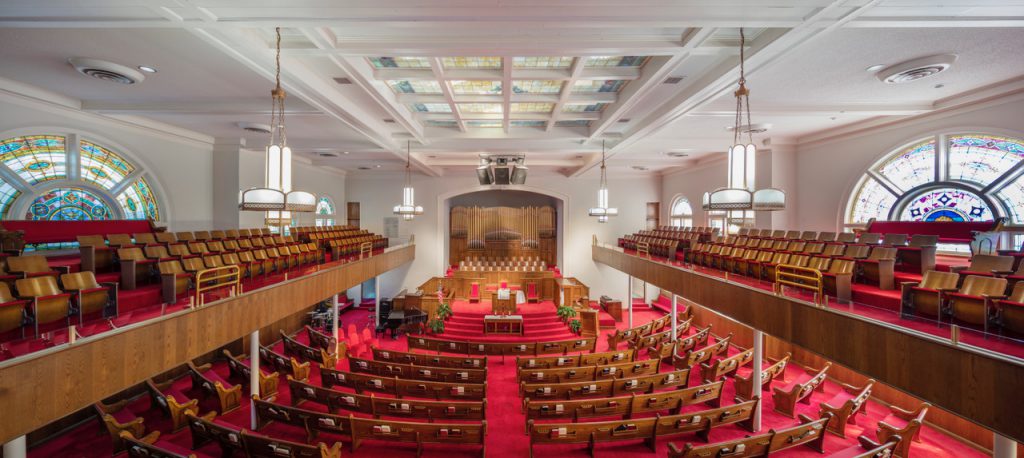
Photos include aerial shots with downtown and/or the Civil Rights Institute.
By David Fleming, REV Birmingham CEO
In public planning processes, organizers ask the same three questions: What do you love? What do you want more of? What do you want less of?
Those questions are used again and again because they yield important answers that policymakers, elected officials and developers use to form strategies like the City Center Master Plan that is currently underway.
But I want to focus on one thing that always emerges from the “what do you love” question when posed to Birminghamians: The most universally loved thing about Birmingham is its history.
Birmingham has an impressive stock of historic buildings and renewed interest in saving and reusing them. We’ve lost some icons along the way, like Birmingham’s Byzantine-inspired Terminal Station that was demolished in 1969 – but we still have treasures like the Alabama, Lyric & Carver theaters, 16th Street Baptist Church and the 4th Avenue business district, the Elyton Hotel and John Hand Building, and many venerable beauties in between. Then, we have more historic buildings that haven’t quite yet been saved, but they’re still standing, waiting on the new life that redevelopment could bring.
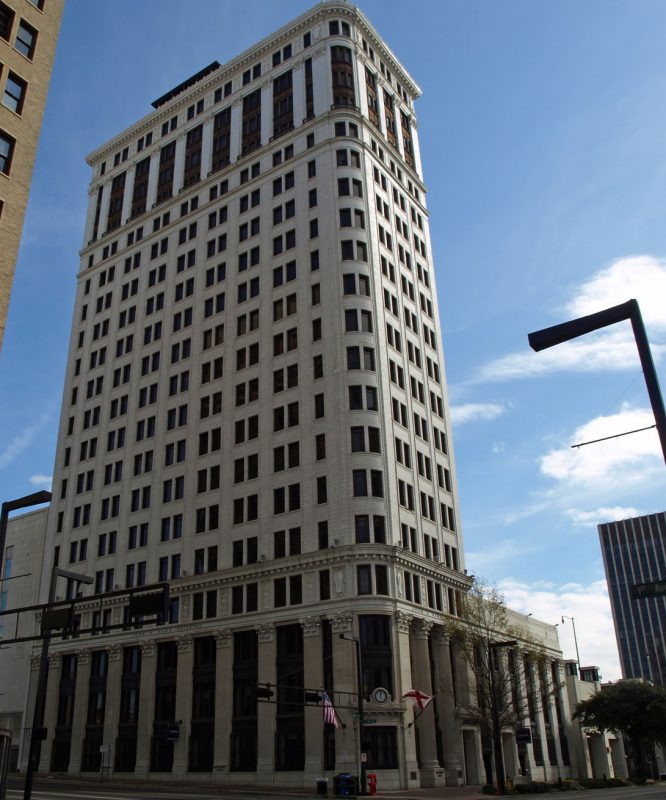
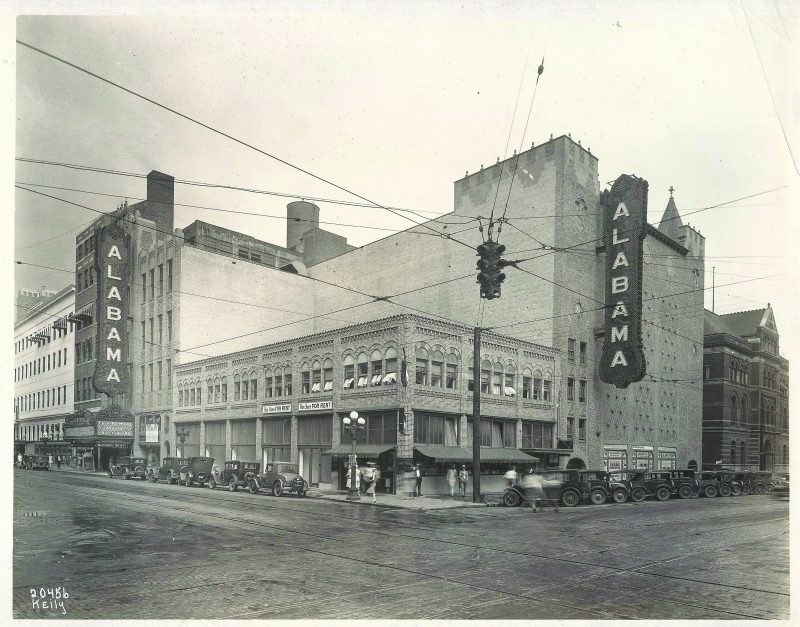
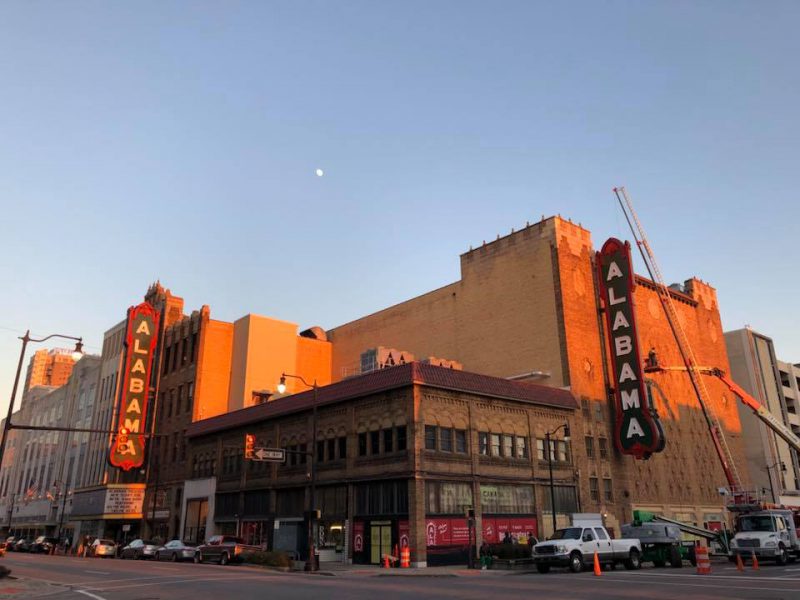
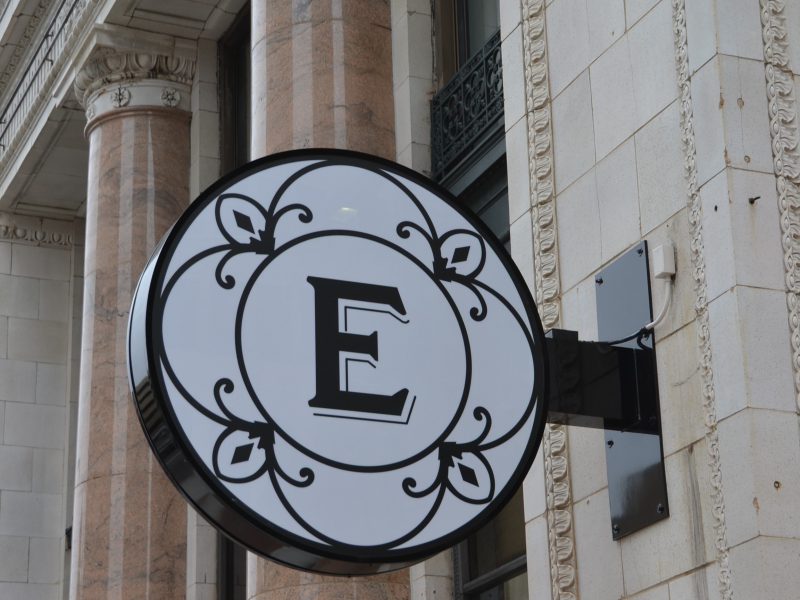
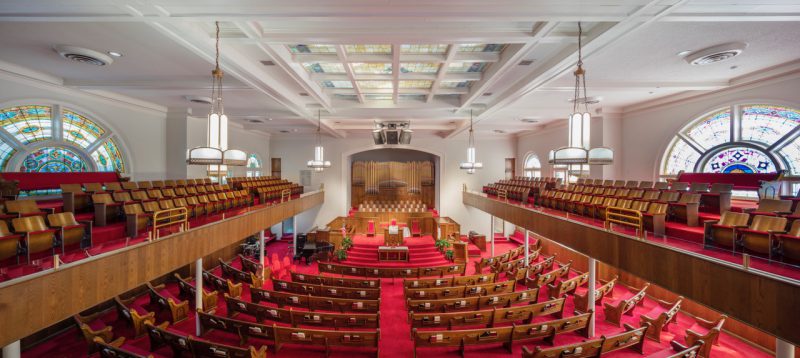
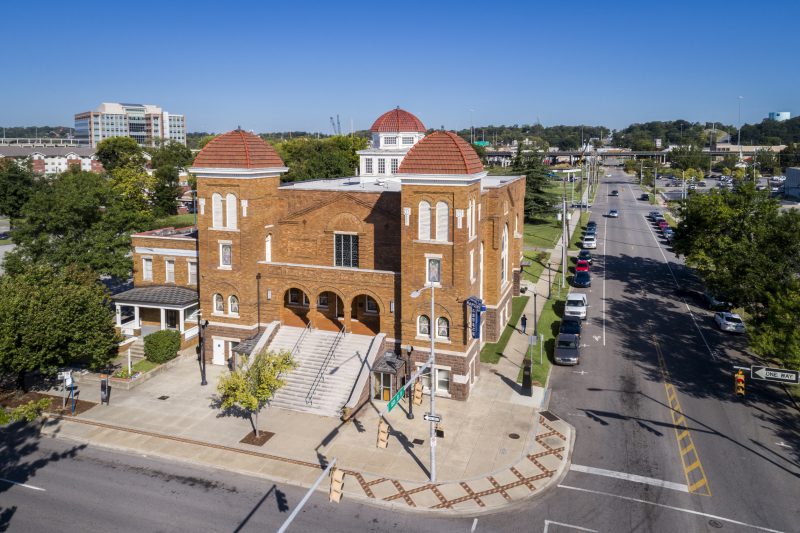
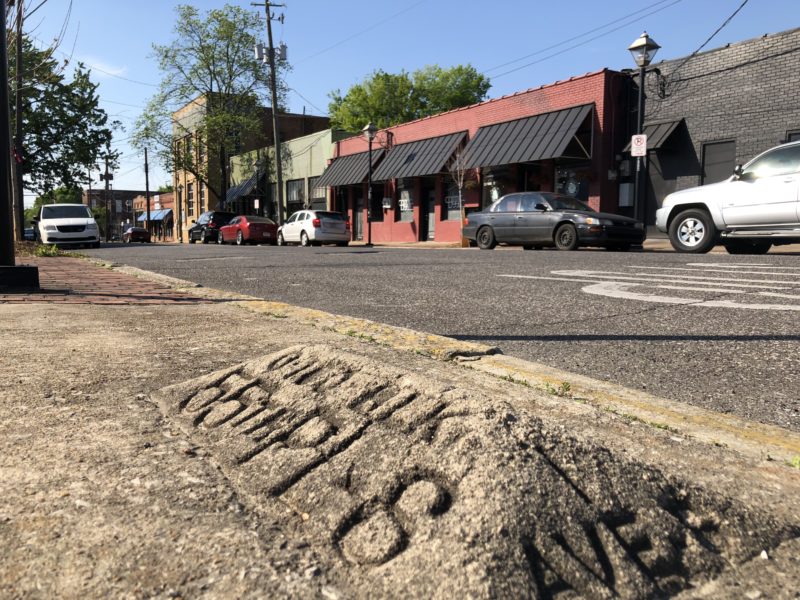
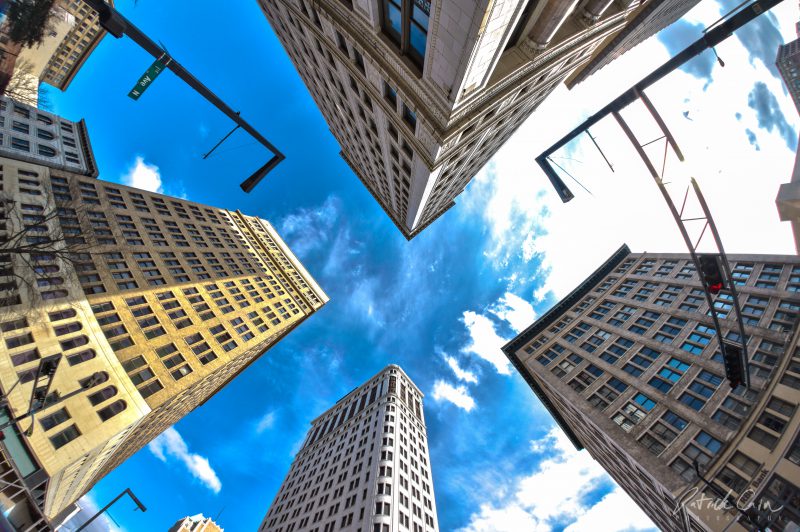
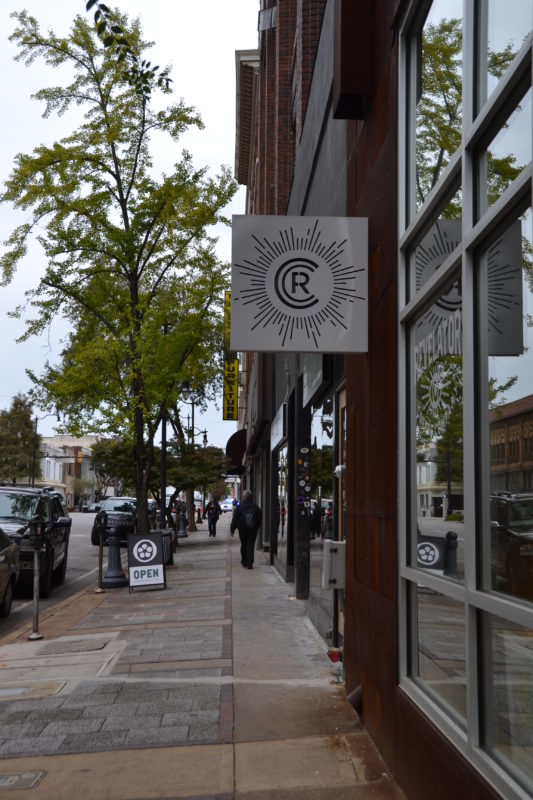
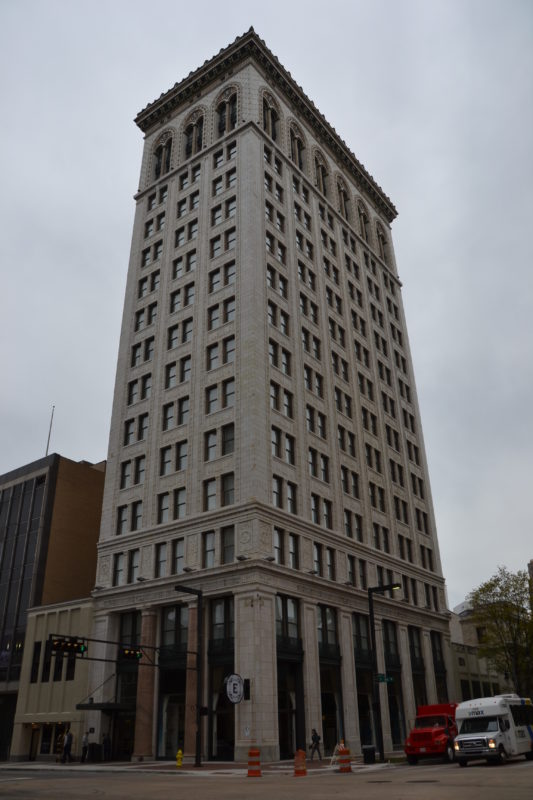
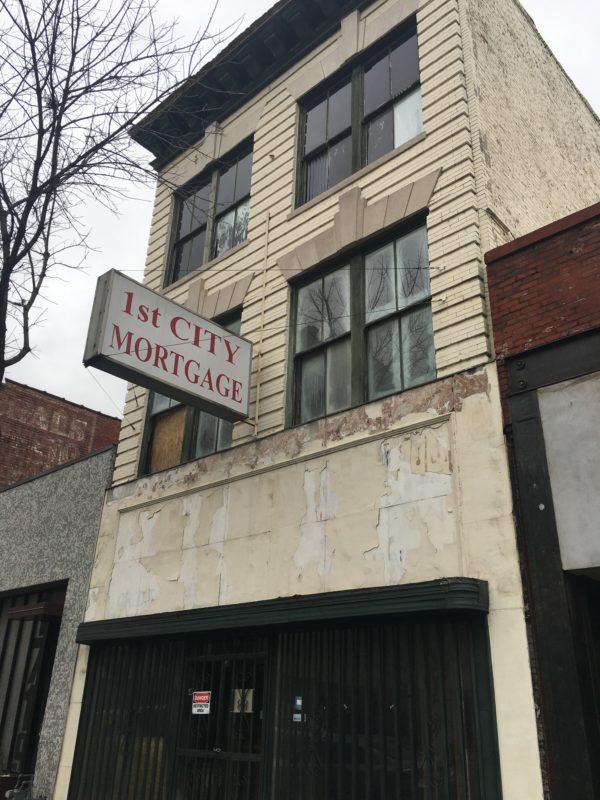
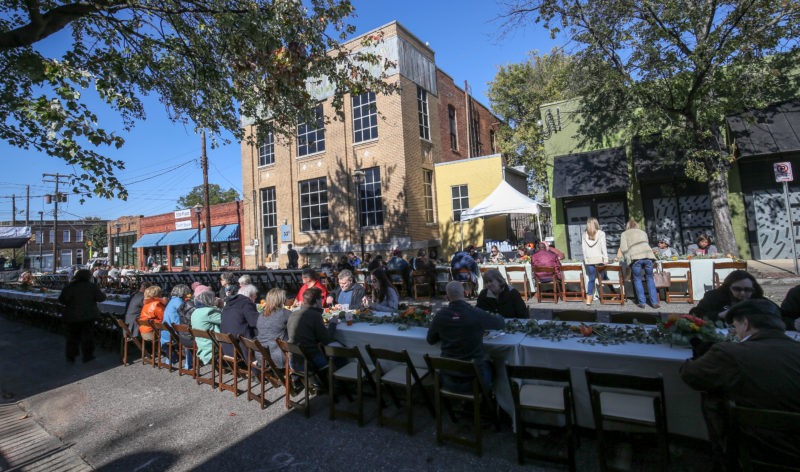
Can you tell I’m a building hugger? Guilty as charged – but historic preservation is valuable far beyond saving architecture. Historic preservation is one of those rare things that serves not only as a tool for good economic development, but it is an outcome of good economic development as well. How so? Well…
- Historic urban fabric attracts and retains the talented workforce businesses and cities need in the modern economy because people want to live somewhere distinctive and authentic.
- Rehabilitation of historic buildings has been proven in many studies to have a greater positive impact on the local economy and local jobs than the same amount of new construction.
- Historic districts that have their integrity intentionally protected are usually areas where you find stable or higher property values than non-historic districts.
May is National Historic Preservation Month, as so celebrated for years by the National Trust for Historic Preservation and the National Park Service. REV is celebrating too by focusing our content in May on the power and importance of historic preservation.
Follow REV on social media
We will feature places and people doing good historic preservation that results in positive outcomes for the community. We’ll also share more reasons it’s wise for communities to prioritize historic preservation rather than just accepting it as nice if it happens.
The National Trust’s ReUrbanism initiative says it well: “Historic preservation encourages cities to build on the assets they have—unleashing the enormous power and potential of older buildings to improve health, affordability, prosperity, and well-being. Ultimately, it’s the mix of old and new buildings, working together to fashion dense, walkable, and thriving streets, that helps us achieve a more prosperous, sustainable, and healthier future. By transforming the places we live to places we love, older buildings are a key and irreplaceable component of this future, and we are richer and stronger when they remain.”
At REV Birmingham, we agree.
Related News
-
Why we say yay to two-way streets
Filed Under: Developer, Downtown Birmingham, Filling Vacant Spaces, Front Page, Transportation, Yaysayers
REV Birmingham is a long-time advocate for making the switch to two-way streets downtown, and this is something recommended by planners studying our downtown for years. In fact, the team that developed the 2004 City Center Master Plan recommended many street changes but noted 4th Avenue North conversion should take place “immediately.” We believe this project is a catalytic moment for Birmingham – but you may find yourself wondering why that is.
-
The Key Tool for Urban Revitalization: Downtown BHM's Business Improvement District
Filed Under: Business-Proving, Developer, Downtown Birmingham, Front Page, Get Involved, Potential-Proving, Why BHM
By the time REV took on BID management in 2018, downtown had a new set of needs from its BID. Downtown Birmingham in the ‘90s had a population mainly of 9 to 5 employees. But the downtown of 2018 had a whole new population of residents and visitors throughout the day and night. We had new opportunities to create positive experiences, inviting them into more downtown businesses and public spaces, and to keep them coming back for more.
-
Introducing the six businesses that call Nextec home
Filed Under: Business-Proving, Developer, Downtown Birmingham, Filling Vacant Spaces, Front Page, Historic Preservation, Potential-Proving, Why BHM
On the corner of 3rd Avenue and 16th Street North, you’ll find Nextec, a redevelopment of the 90-year-old, 65,000-square-foot Edwards Motor Company building (also formerly known as the Sticks ‘N’ Stuff building). With experience in historic renovation, developer Michael Mouron, chairman of Capstone Real Estate Investments, began this civic project in 2021 as a space for business startups to continue their work in the Magic City – a function encouraged by REV Birmingham.